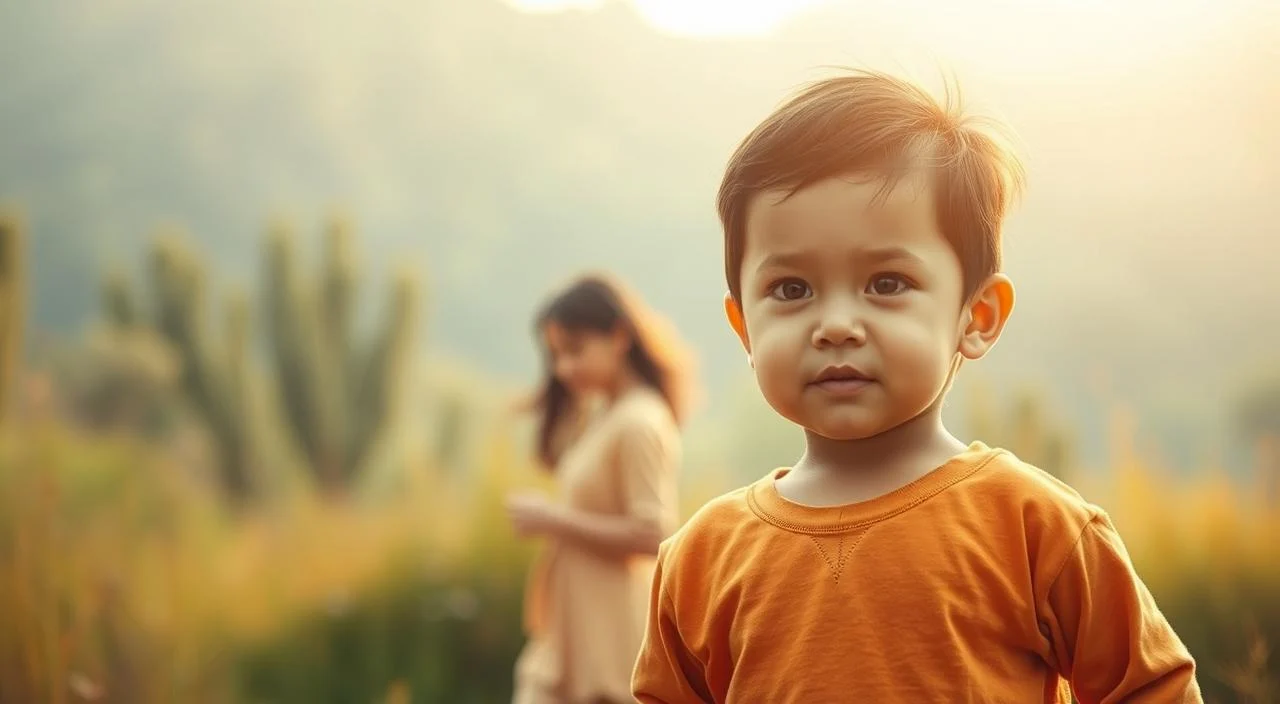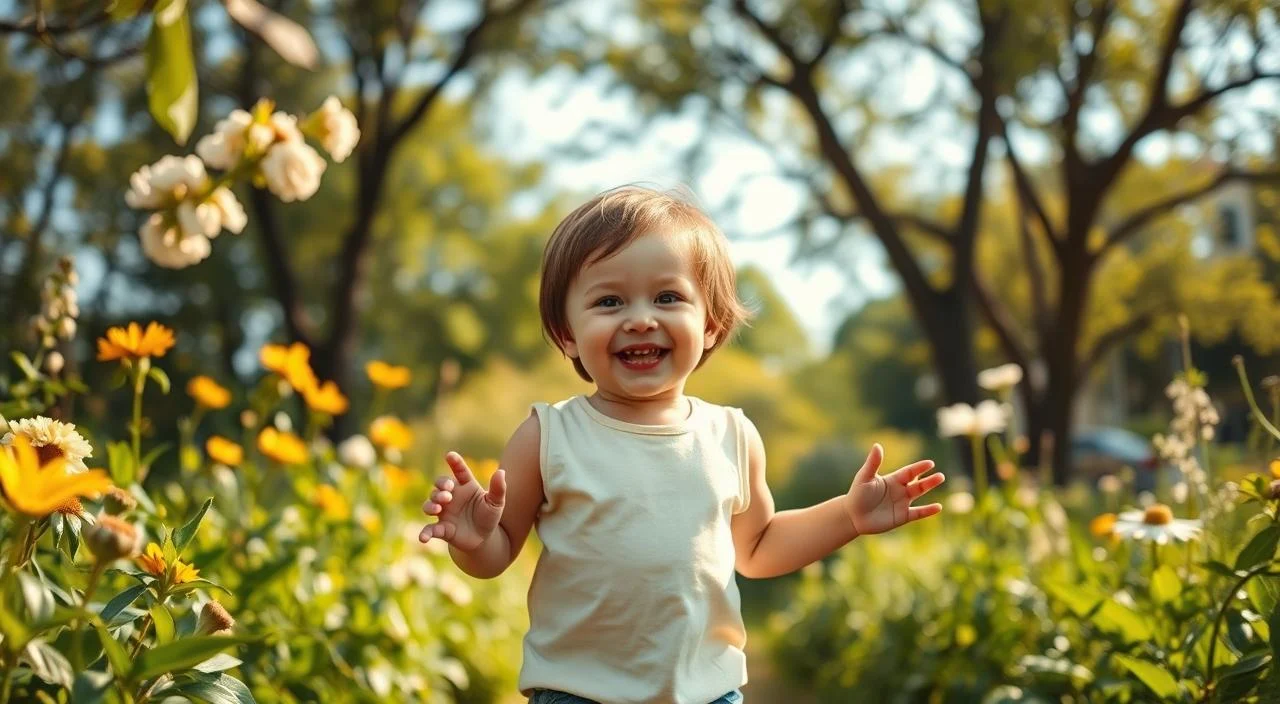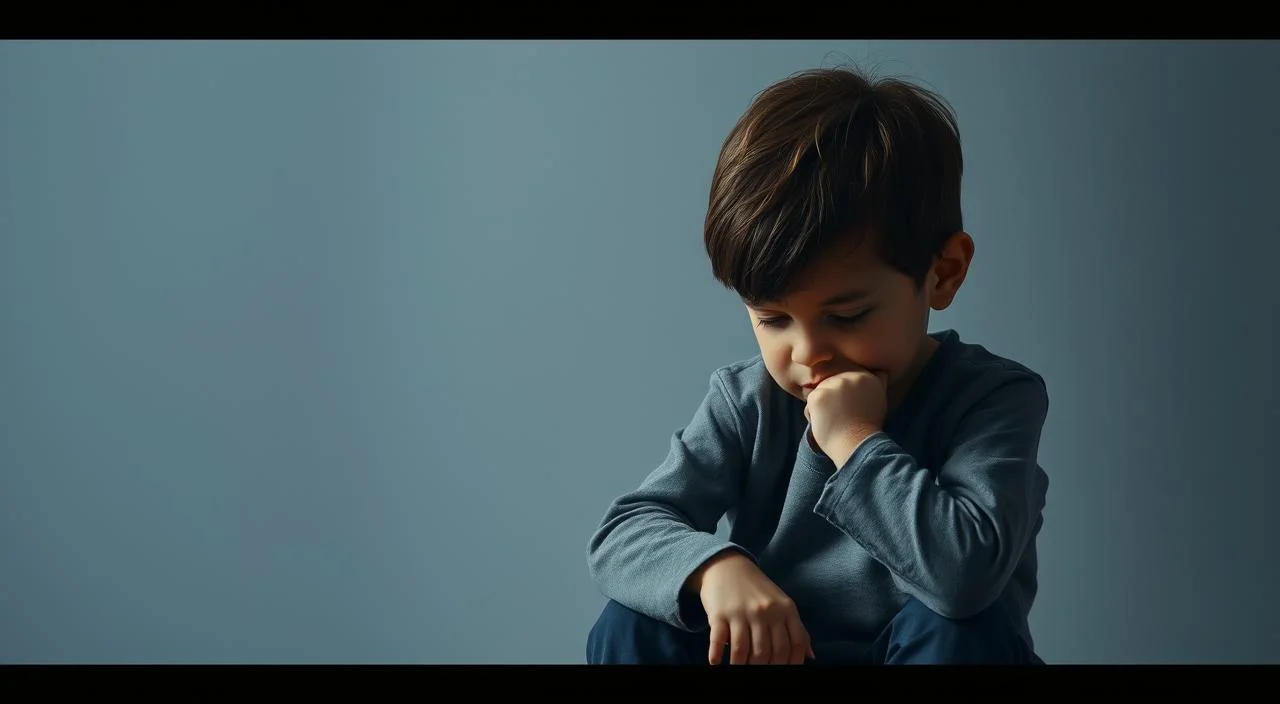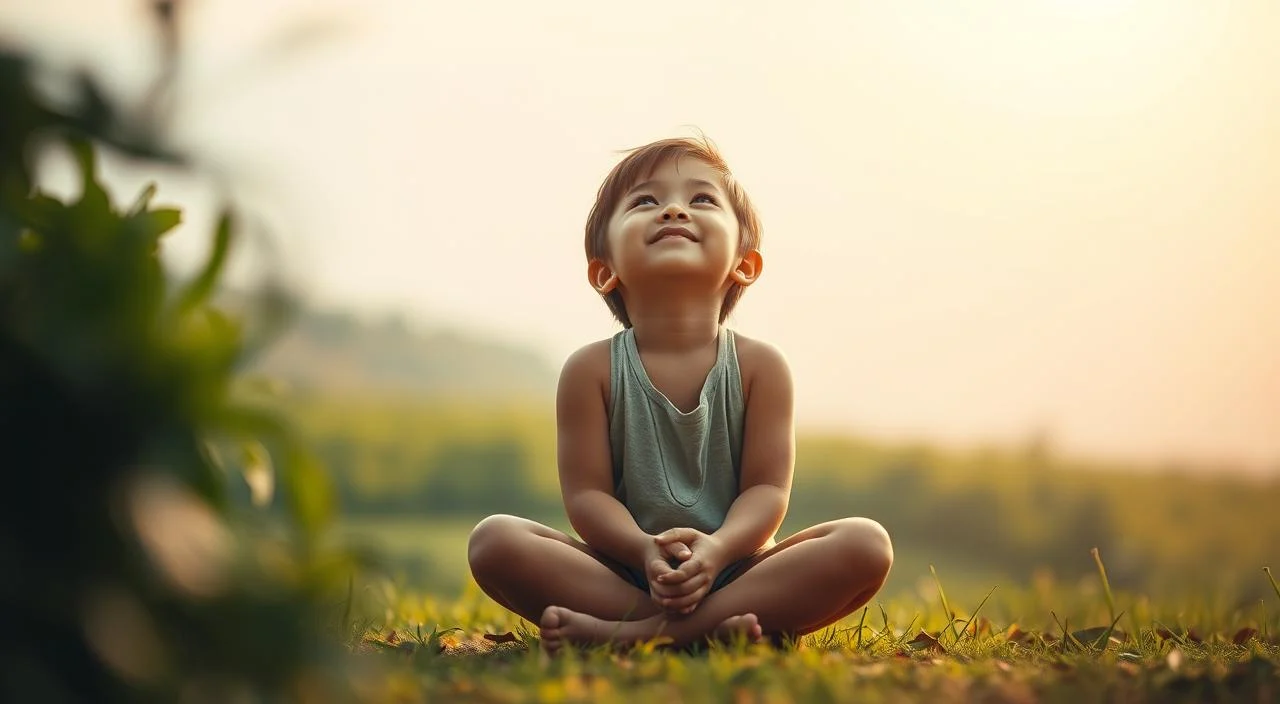Some children face challenges naturally, while others hesitate when faced with anything new. What explains this difference? It all starts with the way children internalize experiences with family, teachers, and friends as they grow up.
When insecurity sets in, even simple activities can seem like insurmountable obstacles. This limits the exploration of the world, curbs curiosity and creates invisible barriers that persist into adulthood. But there is a way to change this reality.
Here, you'll discover how to create environments that nurture self-confidence. We'll cover everything from everyday gestures to techniques to help you build a strong identity. Everything adapted to the Brazilian reality, with practical examples that any family can apply.
Introduction

The first six years serve as a foundation for emotional development. During this phase, the brain absorbs information like a sponge—each experience forms connections that shape how we view the world. This is where the seed of trust is planted., watered by the relationships and stimuli received.
Foundation for a Lifetime
Everyday interactions create mental maps that guide future behaviors. A hug after a fall, words of encouragement when learning to read, or simply listening attentively shape the perception of personal worth. These moments determine whether the child sees himself as capable or fragile..
| Influencing Factor | Positive Impact | Negative Impact |
|---|---|---|
| Specific compliments | Strengthen the notion of competence | Constant comparisons |
| Opportunities for choice | Develop autonomy | Excessive overprotection |
| Cozy atmosphere | Stimulates curiosity | Destructive criticism |
Research shows that children with strong self-confidence are 73% more likely to overcome academic obstacles. They also form healthier friendships and cope better with change. The key is balancing support with freedom to explore.
Understanding Children's Self-Esteem

Imagine a tree that needs strong roots to grow. This is how emotional development works in the early years of life. During this period, each interaction acts as a nutrient for the perception that children develop about themselves.
Definition and relevance for development
True self-confidence comes from the balance between recognizing your abilities and accepting challenges. It's not about believing you're perfect, but rather understanding that making mistakes is part of learningThis allows the child to explore new skills without fear of failure.
Studies show that children with this solid foundation show more initiative in school activities. They also demonstrate greater ease in expressing opinions and handling constructive criticism.
Impacts on mental health and behavior
A well-structured emotional foundation acts as a shield against negative thoughts. Children who feel safe are three times less likely to develop symptoms of social anxiety. The effect is visible in the way they face changes or conflicts.
In everyday life, this translates into concrete actions: a willingness to try new sports, a willingness to ask questions in class, and the ability to bounce back quickly from disappointments. These behaviors create positive patterns that continue into adulthood.
Signs of low self-esteem in children

Have you noticed sudden changes in your child's behavior? Some subtle clues reveal how little ones process their self-perception. Observe repetitive patterns is crucial to identify when internal confidence needs strengthening.
Behavioral and emotional indicators
Systematic rejection of new things – whether a sport or a school activity – often hides a fear of not living up to expectations. Children with shaken self-confidence They often use phrases like “I don’t know how to do it” or “I’m going to fail again”, even before trying.
In your family routine, notice exaggerated reactions to small mistakes. A dropped glass can lead to prolonged crying, indicating a distorted view of your own ability to deal with unexpected events.
Practical examples observed in everyday life
During school assignments, reluctance to show completed work draws attention. Many hide notebooks or erase correct answers out of self-doubt. This repeats itself when they avoid class presentations or refuse invitations to play.
Another clear sign appears in social interactions: a preference for being alone during recess, difficulty sharing toys for fear of criticism, or hesitation to express preferences. These patterns require careful intervention and ongoing support.
External influences and the role of judgments

What defines how a child sees themselves? In addition to personal experiences, the world around acts as a mirror, reflecting messages that shape your perception. Let's analyze three pillars that form this complex scenario.
Family, school and social environment
At home, every sentence of the parents becomes construction toolA simple "shall we try again?" teaches resilience, while frequent criticism creates invisible barriers. Research indicates that 68% of children mimic their caregivers' tone of voice when talking to themselves.
| Factor | Positive Impact | Negative Impact |
|---|---|---|
| Family communication | Strengthening identity | Questions about capabilities |
| School participation | Sense of belonging | Social exclusion |
| Example of adults | Overcoming models | Unrealistic standards |
Comparisons, expectations and bullying
At school, the "Why aren't you like your brother?" resonates as a warning. These phrases undermine trust more than just low grades. Cyberbullying has tripled in recent years – each rejected like is a wound to one's self-image.
The culture of perfection on social media makes things even more complicated. Preteens who spend 3 hours a day online are twice as likely to feel "inferior." The solution? Discuss healthy boundaries and value personal achievements.
Fear of judgment and childhood self-esteem
The constant perception of external evaluation acts as an invisible brake on development. Many children fight silent battles, where the need for acceptance outweighs the desire to try new things. This phenomenon shapes behaviors that limit potential, requiring careful attention from parents and educators.
Effects on routine and learning
Anyone who spends time with young people notices clear patterns: refusing invitations to play together or avoiding questions at school. They are defense mechanisms against possible criticism. The child's mind interprets any observation as a final verdict on its worth.
This generates physical and emotional reactions. Difficulty sleeping, lack of appetite, or frequent irritability signal internal stress. When persistent, this state can affect school performance and family relationships.
The solution starts with safe spaces to express feelings without fear. Artistic activities or open dialogues help to externalize concerns. The goal is to replace fear with confidence in one's own abilities.
With consistent support, even the challenges The most intimidating challenges become opportunities for growth. Each small achievement reinforces the idea that to err is human—and essential for growth.
